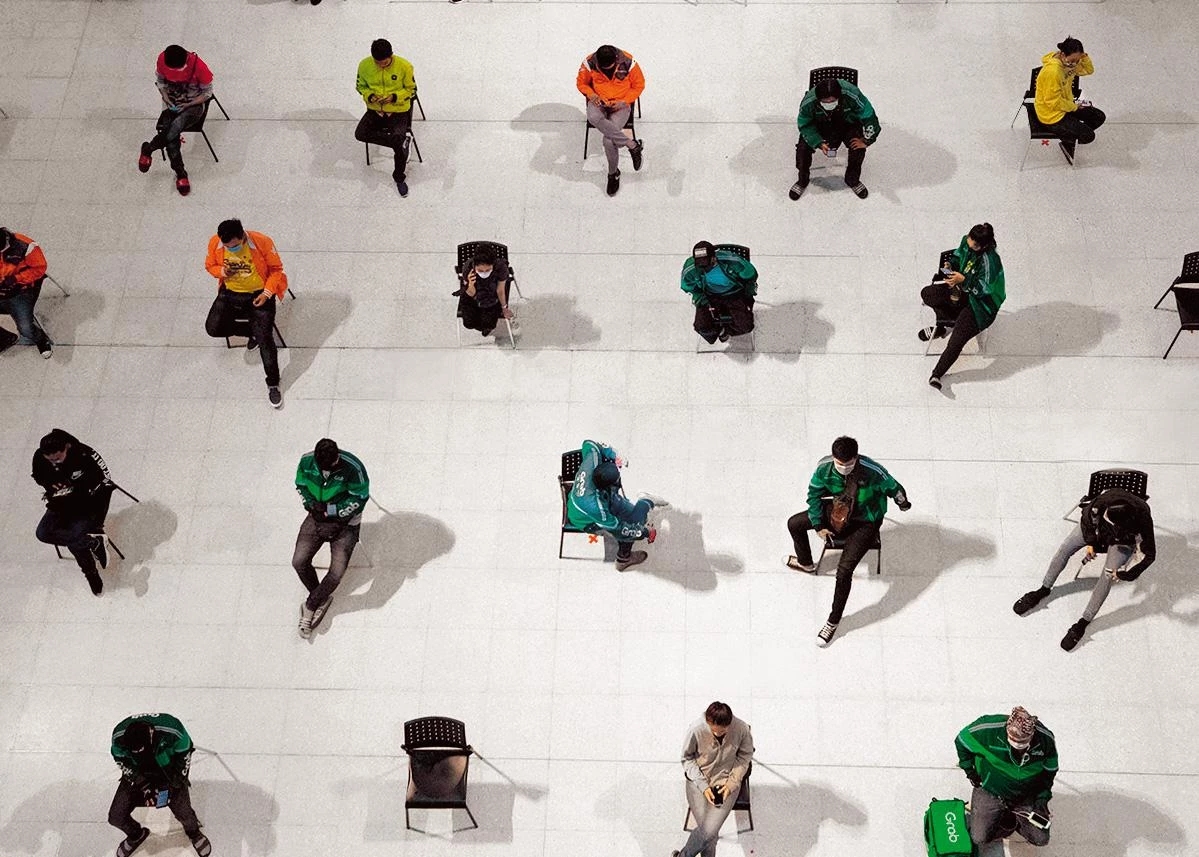
Living apart is living less. The isolation that prevents the spreading of the virus will transform our habits, and the immediate future appears like a landscape of elementary particles that drift, avoiding contact, to settle at the vertices of a regular mesh that marks the security distance. We will live in this dystopia until diagnostic tests, antiviral medications, and vaccines make contact safe again, perhaps within two years. It is a long time for our individual or collective experience, but very short in the tenacious life of cities, and it is unlikely that covid-19 will modify urban structures as the plague, cholera, or tuberculosis did in the past. If we succeed at solving its health, congestion, and safety issues, the dense city – aside from center of innovation and engine of economic growth – is our best asset to tackle the climate emergency, so a return to the unsustainable sprawling city is doubtful.
The experience of confinement will demand better daylight standards and connection with the exterior in housing, the extension of remote working and distant learning will change professional and educational practices, and the rigor of hygiene routines will weaken the spontaneous sociability of our familiar cultures of contact. Architectural morphology, however, will show its inherent inertia, determined as it is by technical resources and the constraints of context. Though screens might fill today spaces that were free before, and though we may acknowledge the benefits of the often spurned cellular floor plans, the virus will not put an end to open offices or large venues. The regulations on occupant capacity will surely be more demanding, and those certifying the quality of construction materials will focus more on cleaning ease and how they can help fight off germs.
When we wake up from this nightmare, economic reconstruction will have a preventive component against future epidemic outbreaks, with investments in health infrastructure, biomedical research, and self-supply of medicines and equipment; but it will also have to face a reduction in the movement of goods and people, which will affect distribution chains and tourism, and will also help reduce hyperglobalization. We cannot help hoping that this reform of the productive structure will be digital and green, using networks and AI while advancing in the energy transition, which will also give sparsely populated territories new uses. If humanity manages to turn this crisis into an opportunity, persons and things will move less, local consumption will be preferred over distant one, and a slower pace of life over a rushed one: we will live closer together, which is one of the forms happiness takes.






